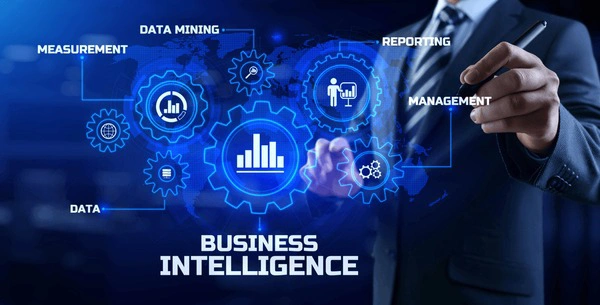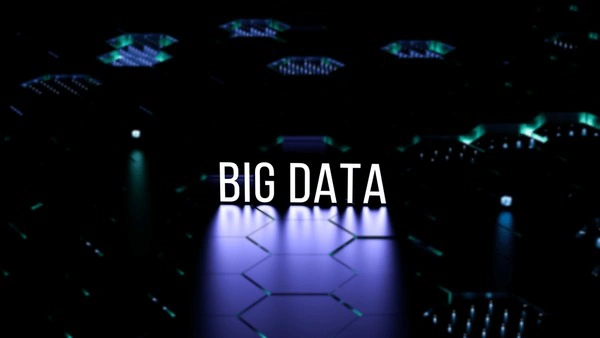
Unlocking the Power of Text Analysis for Business Intelligence and Research
In today's data-driven world, understanding the wealth of information hidden within text data is crucial. Text analysis offers tools to decode this data, providing valuable insights for businesses and research, helping them to make informed decisions.
Jackson Mitchell
29/11/2024 - 7 months ago

Introduction to Text Analysis
Text analysis is a powerful tool that helps us understand and make sense of large volumes of textual data. It uses a combination of statistical methods and natural language processing (NLP) techniques to extract meaningful information. This approach is particularly useful for businesses and researchers who want to dig deeper into data to find patterns and trends that are not immediately visible.
At its core, text analysis involves breaking down text into smaller parts to understand the meaning and context. This can be as simple as counting word frequencies or as complex as understanding the sentiments and emotions expressed in the text. By analyzing these elements, businesses can gain insights into customer opinions, market trends, and competitor strategies.
With the explosion of digital content, the ability to analyze text quickly and accurately has become increasingly important. Companies can leverage text analysis to improve customer service, enhance product development, and streamline operations. For researchers, it provides a way to handle vast amounts of information efficiently, leading to more accurate and insightful conclusions.
Applications in Business Intelligence
In the realm of business intelligence, text analysis plays a critical role in transforming unstructured data into actionable insights. Businesses gather a lot of text data from various sources like emails, customer reviews, and social media. Text analysis helps in sifting through this data to extract relevant information that can guide strategic decisions.
For instance, sentiment analysis, a subset of text analysis, allows companies to gauge public opinion about their brand or products. By understanding how customers feel, businesses can tailor their marketing strategies to better meet customer needs. This not only enhances customer satisfaction but also drives brand loyalty.
Moreover, text analysis can identify emerging trends and potential risks in the market. By monitoring social media and news outlets, businesses can proactively respond to changes, ensuring they remain competitive and relevant. This proactive approach can make a significant difference in maintaining a strong market position.
Text Analysis for Research
Researchers across various fields are increasingly turning to text analysis to enhance their work. It offers a way to handle the vast amounts of data generated in this digital age. By applying text analysis techniques, researchers can identify patterns and correlations that might be missed with traditional analysis methods.
For example, in the field of social sciences, text analysis can help in understanding social dynamics and behaviors. By analyzing conversations on social media, researchers can gain insights into public sentiment on various issues, informing policy development and public engagement strategies.
In medical research, text analysis can assist in reviewing medical literature, patient records, and clinical trial data. This can lead to more informed healthcare decisions and improved patient outcomes. The ability to quickly process and understand complex text data helps researchers stay ahead in their fields and contribute valuable insights to their communities.
Challenges and the Future of Text Analysis
Despite its many benefits, text analysis is not without challenges. One of the main hurdles is dealing with the ambiguity and complexity of human language. Sarcasm, idioms, and cultural nuances can make it difficult for algorithms to accurately interpret text. Continuous advancements in machine learning and NLP are addressing these challenges, but there is still a long way to go.
Data privacy is another concern. As businesses and researchers analyze more text data, ensuring the privacy and security of this information is crucial. Ethical considerations must be part of the text analysis process to protect individual rights and maintain public trust.
Looking to the future, text analysis will become even more integral to business and research. As technology evolves, we can expect more sophisticated tools that offer deeper insights with greater accuracy. These advancements will not only enhance decision-making but also open new possibilities for innovation and discovery in various fields.


















